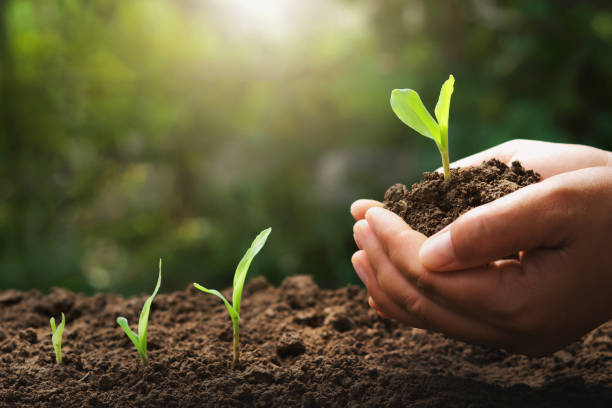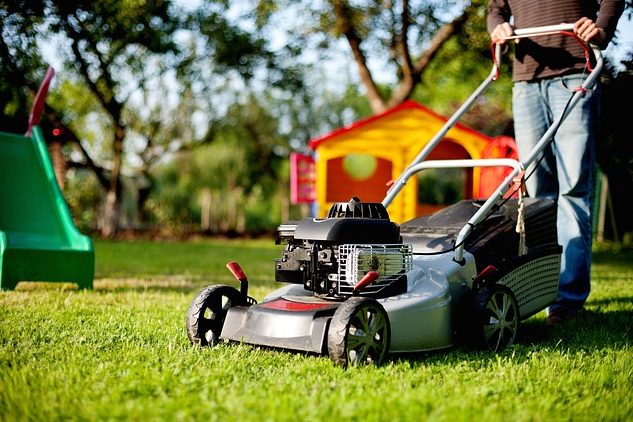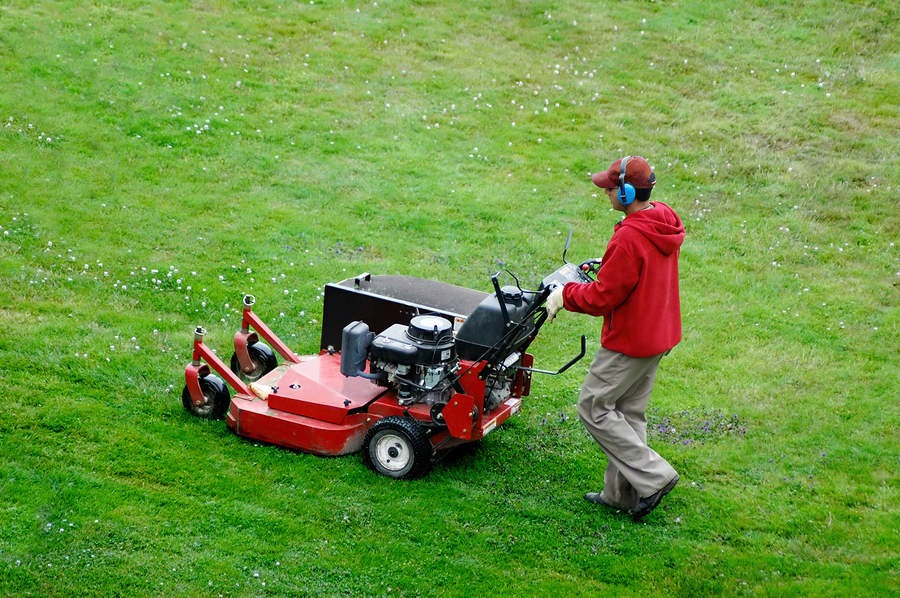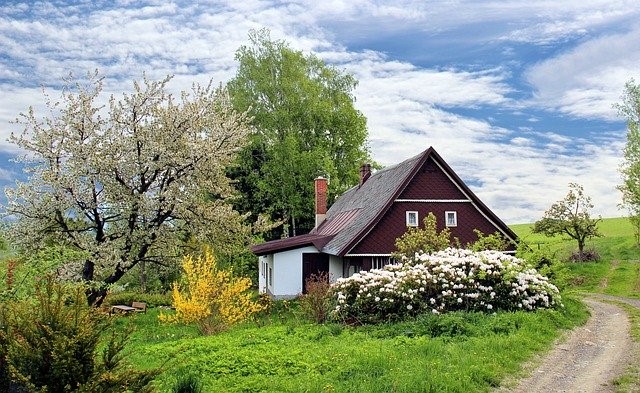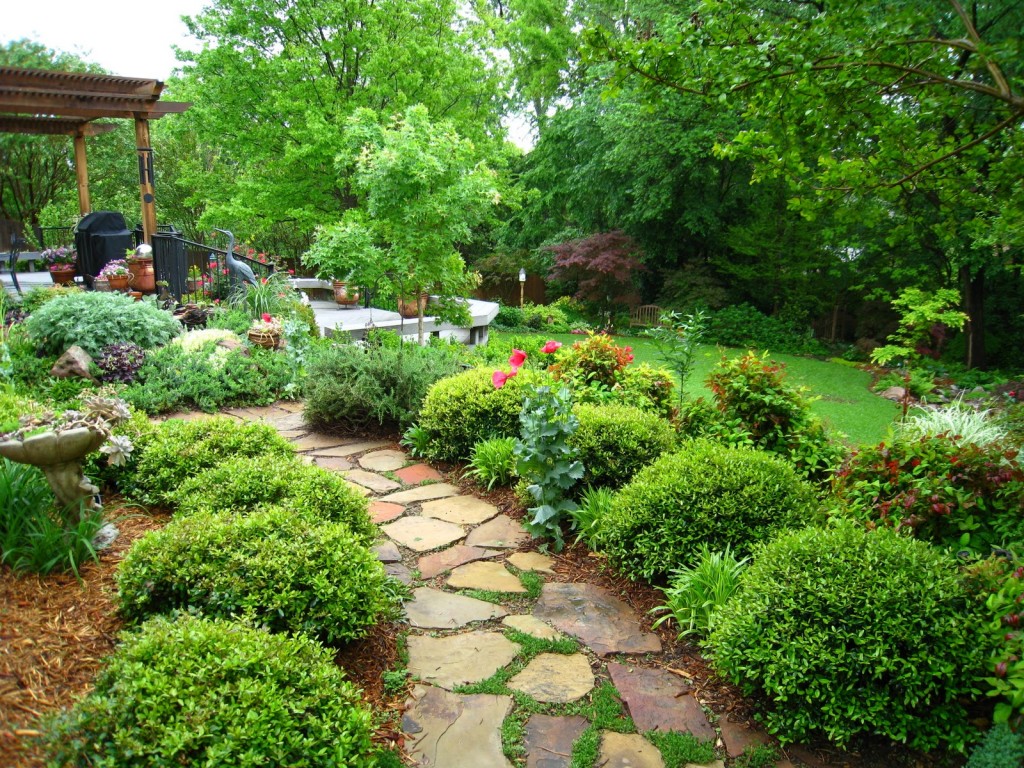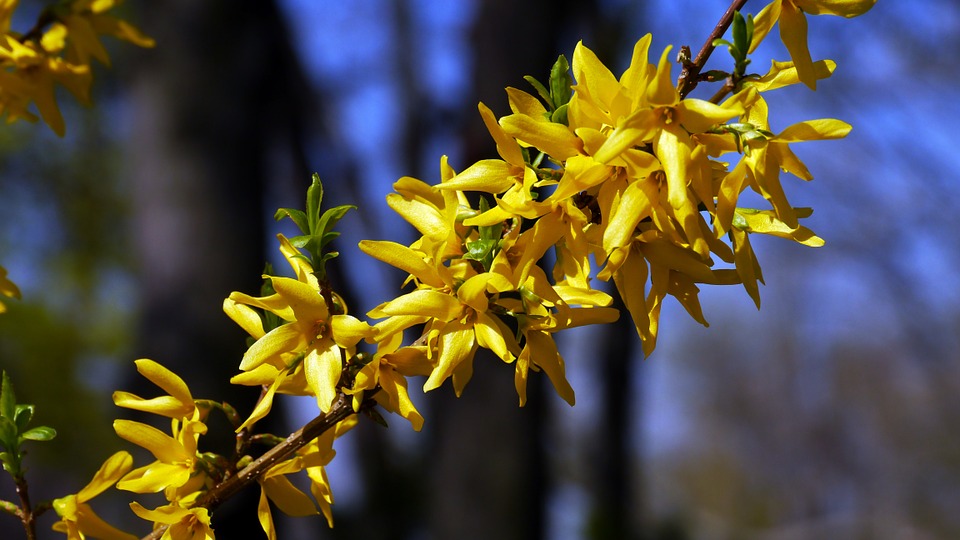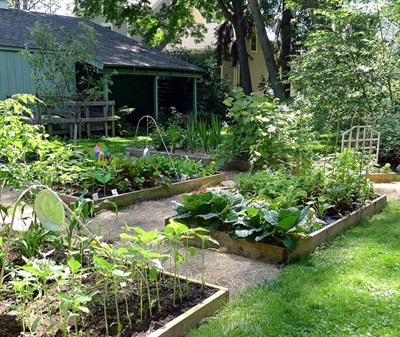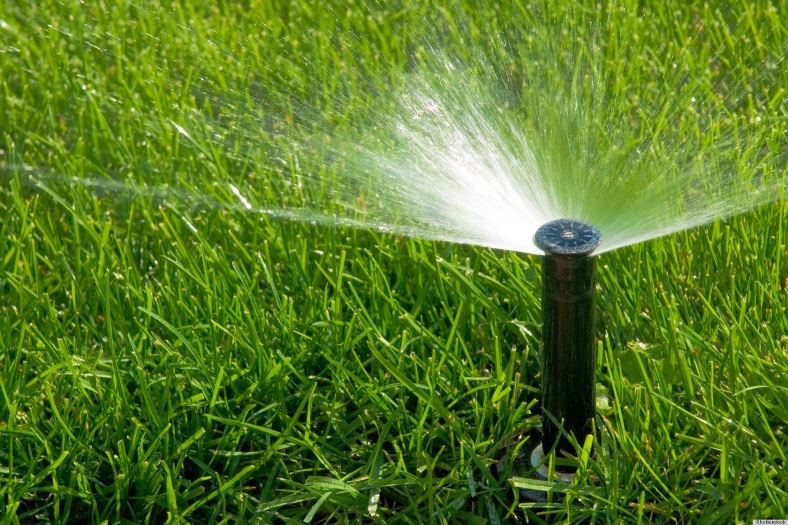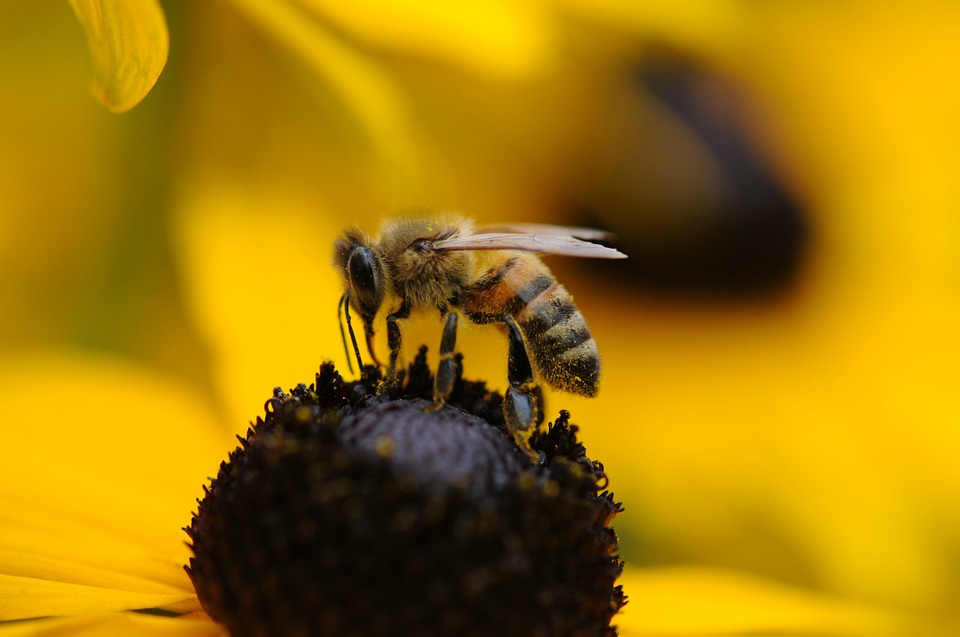Benefits of Planting Trees in Streets
Street and alleys trees in urban environments provide many environmental and socio-economic benefits. Not infrequently, but over time, it leads to penetration into unplanned part of the estate and the subsequent damage impermeable surfaces (tiles, asphalt, etc.). Costs required to repair the damage due to the growth of root systems are substantial. However, there are effective measures to follow offered by Arboricultural professionals. The final appearance of urban vegetation is often synonymous sloppiness that masks the mistakes in projects.
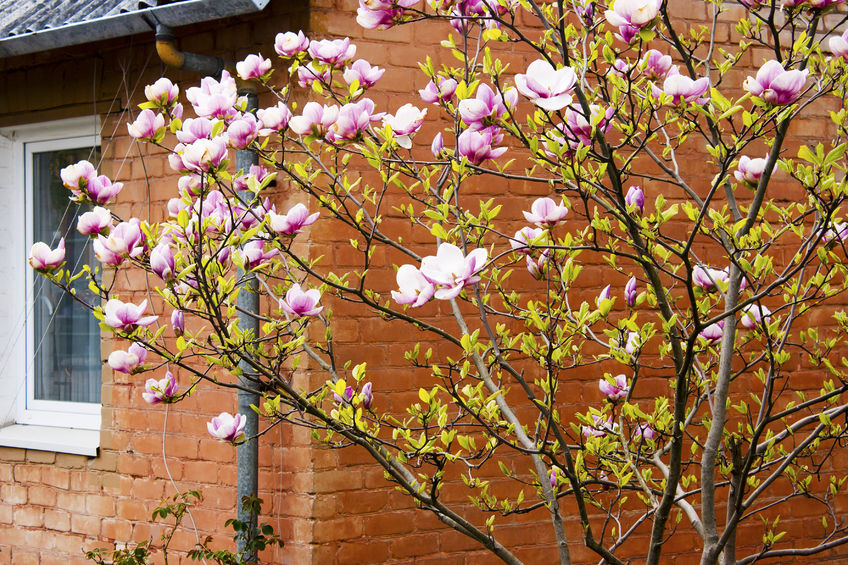
Usable outputs:
The environmental benefits provided by trees on the streets include: reducing runoff, improve air quality, carbon retention, shading and cooling thru canister-transpiration.
- While asphalt drains 62% of rainwater from seed pits trees.
- Street trees are very efficient in the capture of air pollutants such as: ozone, nitrogen oxides and sulfur; carbon compounds, including CO2 needed for photosynthesis and other particles smaller than 10 microns. Large trees capture 60 to 70 times more pollution than small trees.
- 80% of the cooling effect of the tree is directly linked with the shading. Street alley can reduce daytime temperatures in the streets.
Trees in cities can maintain and increase the status of fauna; wealthier communities but rather keeps in suburbs than in the city.
- The social benefits of urban green areas are ranked among others: it encourages contact between neighbors, increases opportunities for sport and recreation, reduces stress and overall increases social cohesion. With the growing number of street trees, it has been associated with increased safety in the streets and less crime. Street alley also acts as a security barrier between pedestrians and motorists.
- Cities with a higher proportion of vegetation have about 50% less crime than cities with smaller amounts of vegetation. Increase in vegetation area areas by 10% results in a decrease in crime by 12%.
- Economic benefits of street trees are at best underestimated. But they are documented in detail the correlation between the number of trees and energy savings.

Claire Derrick is a home blogger who loves to share her experiences with others. She likes being motivated and encourages people to be the best they can be.

